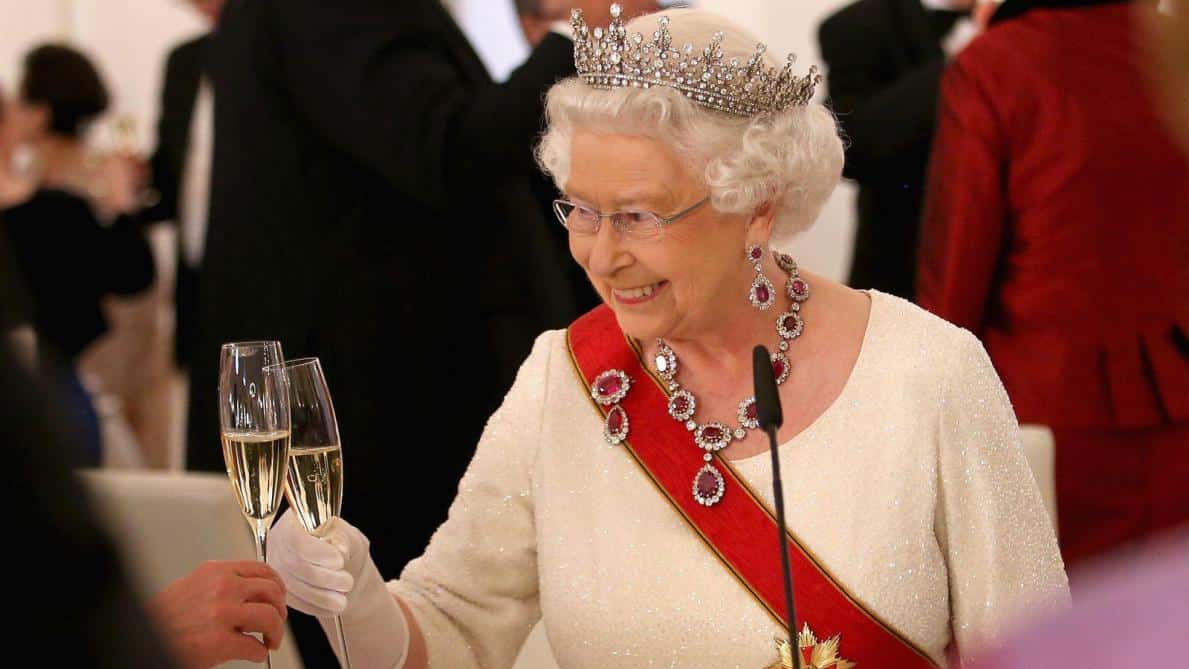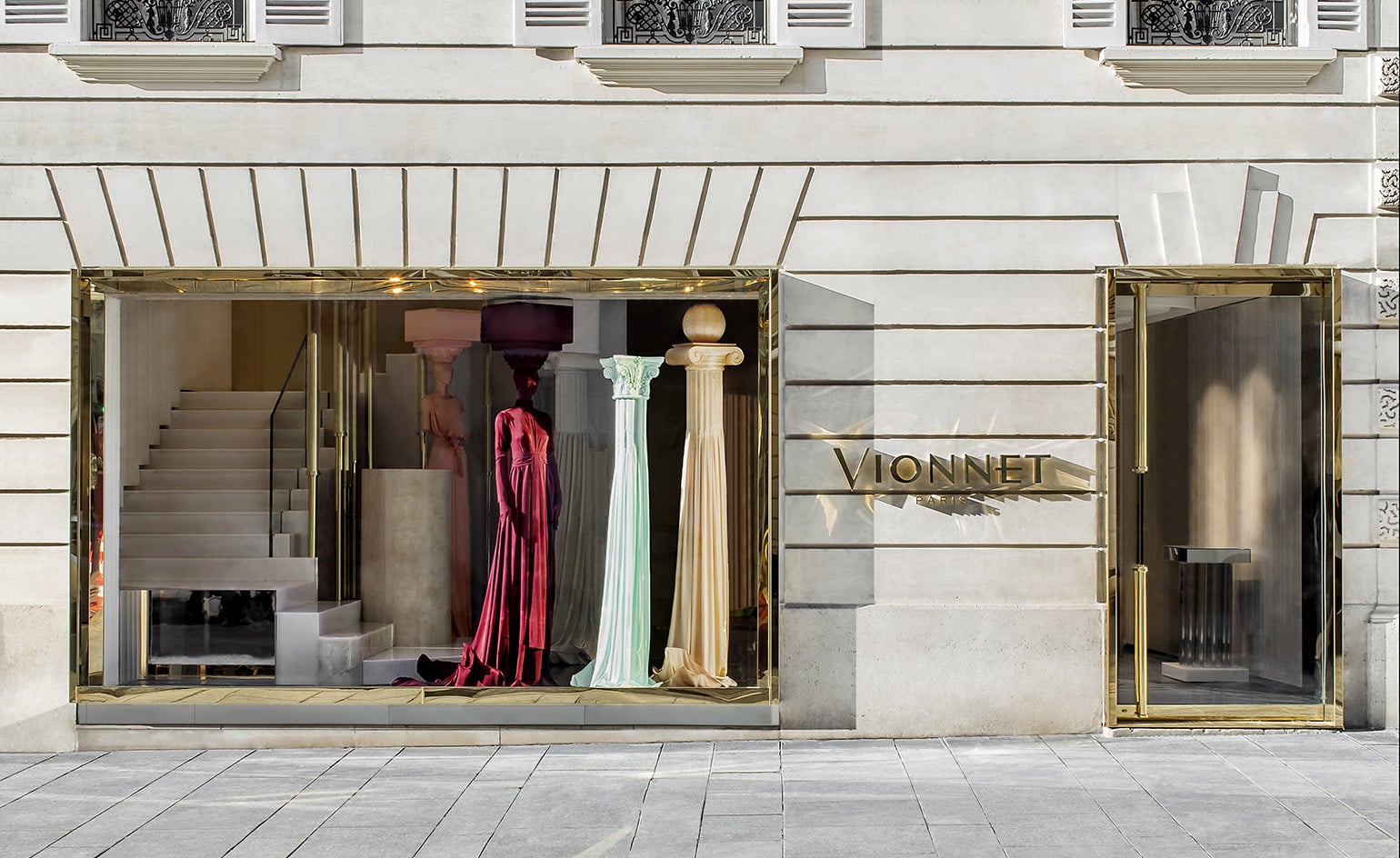The story of the British royal family and the Moët & Chandon Champagne House began in the 19th century. Since then, it has written itself and this unique relationship of bubbles and royalty continues to evolve. Here is a look back at almost 200 years of history.
A story always has a beginning and an end. And this one begins in 1835.
At that time, the House of Moët & Chandon had been in existence since 1743. Its founder, Claude Moët, wanted to transmit a unique know-how, combining innovation and bubbles. He was the first to embody these values and very quickly made his champagne one of the most prized in Europe.
For its part, the royal family invented the Royal Warrants of Appointment, which were mandates issued to companies providing goods and services to the royal court of England. Brands can advertise this endorsement on their packaging and advertising.
British royals have long enjoyed champagne. After George II, Queen Victoria followed the legacy of her predecessor by granting the French brand the famous Royal Warrant in 1835. It is said that she was indeed a great lover of sparkling wines, on the sole condition that it was not too “sweet”, in other words quite dry.
In total, the Champagne House has served seven kings and queens across the Channel, until today. Three of its cuvées are currently qualified as Imperial. Over the years, Moët & Chandon has learned to know the tastes of the family, offering several types of sparkling wines, until finding the perfect match.
Thus, in 1884, almost 40 years after being awarded its first mandate, the House created the Dry Impérial, a dry champagne nicknamed the Cuvée Royale, in homage to the crown. Today, the number one champagne is also the undisputed leader on British soil, closely followed by other iconic and favorite brands of the English family, such as Mumm Champagne.
This historic association continues through the decades. In the 20th century, the relationship continued with various coronations. First that of Edward VII in 1902, then that of George V in 1911, followed by that of George VI in 1937 and the penultimate one, that of Queen Elizabeth II in 1953.
And because this sparkling relationship endures, the House has also marked the Queen’s silver, gold and diamond jubilees with limited edition champagne releases. The bottle for the silver jubilees, named Silver Jubilee Cuvée Champagne, has been given a silver color for the occasion, instead of the usual gold color. And not surprisingly, we find the emblematic crown on the label, in addition to the appellation “Cuvée Royale”.
Click here to read the full article on Luxus Plus Magazine.
Featured photo : © Press








